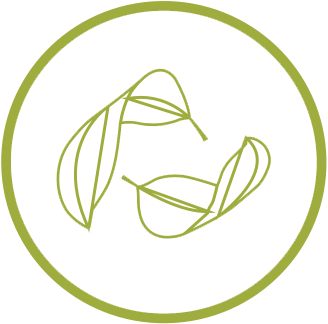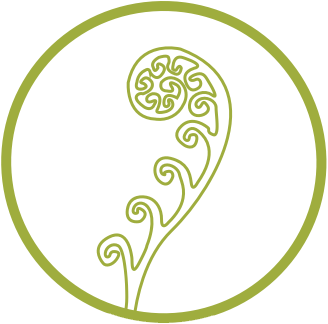
Whether you’re an engineer fascinated by the concept of being able to emulate the designs created by nature during 3.8 billion years of evolution, or a lover of the outdoors looking to reconnect with the natural world and apply its wisdom to your career, biomimicry–by default or by design–puts people in touch with nature.
“Biomimicry is all about emulating life’s genius. It’s learning from nature….That begs the question: what is nature? What does it look like and how can we wrap our mind and arms around the notion of nature? From there, you ask, ‘what is my personal connection with nature?’ “said Thomas Baumeister, an instructor for the Master’s of Science in Biomimicry at Arizona State University.
Biomimicry 3.8 and ASU partnered in 2014 to begin offering the world’s first accredited master’s degree program for biomimicry, and to create the Biomimicry Center.
 Baumeister’s 517 class explores the human-nature connection, allowing students to dig deep into the concepts of how they perceive, interact with, and define nature, in order to help enhance their practice of biomimicry.
Baumeister’s 517 class explores the human-nature connection, allowing students to dig deep into the concepts of how they perceive, interact with, and define nature, in order to help enhance their practice of biomimicry.
“When you tie it back to biomimicry, you can approach biomimicry simply from an intellectual standpoint, ‘show me a paper where a principle is explained.’ But there are many other ways to tap into (nature’s) wisdom,” Baumeister said.
Even after deep examination of the concepts, Baumeister finds that it’s difficult to fully and completely bridge the gap between humans and nature.
“In the end, it’s still us as people looking to nature. There is a natural separation. Even if don’t want it to be there, it’s there,” he said.
To challenge the notion of that inevitable separation between “us” and “nature,” Thomas asked his students to “make that mental leap…put themselves on the other side” by making a short video that personified an ecosystem or biological concept while bringing in the scientific and technical elements of biomimicry. The assignment produced 10 videos, with small student teams scattered across the globe working to create videos in eight days. It yeilded videos with titles like, “I am Resilience,” “I am Grassland,” “I am Nature,” and “I am Wetland.”
“They had to advocate for nature through the line of biomimicry. Say, ‘look humans, this is what you can learn form me,” he said. “They put themselves over on the other side. It became an emotional and spiritual exercise.”
“I am Resilience” for instance, shows the regenerative force that is a wildfire. “Look at this fire burning mightily through, the forest,” the narrator says, “For me, well this is my moment to shine. I am resilience and I have been here to help life recover from countless disruptions for billions of years… I bet if you start emulating my genius, your systems will be better prepared for the next disturbance.”
“I am Grassland” describes the abundance of life supported by “my rolling terrain of flowers, herbs and nitrogen-rich grasses.” “What you don’t realize is that I have a secret,” the narrator says, “I can teach you how to sustain life. If you show me respect, I will share my wisdom.”
“It was very powerful,” Thomas said of the videos. “It was not just a little exercise. The reason why we have these high quality productions is because people saw, through this simple exercise, to cross that barrier….we can capitalize on this to be more effective and proficient practitioners in biomimicry.”
Thomas will have his next 517 class produce videos as well.
“The power of the methods and the power of what they were able to convey, it hit on all cylinders,” he said.
The late deadline to apply for the Fall 2016 Master’s of Science in Biomimicry program is July 15. The deadline for Spring 2017 is November 1. Learn more about the programs here.
“I am Resilience” was written by Lindsey James, produced by Ben St. John, in collaboration with Kathy Zarsky, Mary Hansel, and Jacques Chirazi. “I am Grassland” was written by Lex Hundsdorfer in collaboration with Michelle Fehler, Marsha Forthole, Laurin Jones, and Carol Myers.




